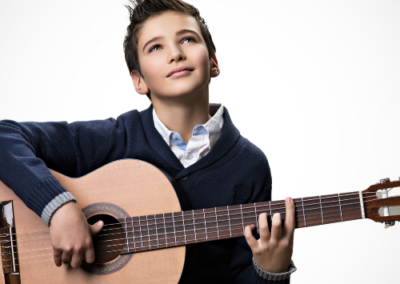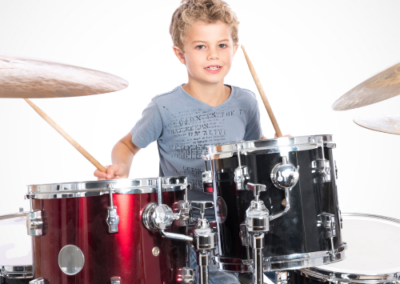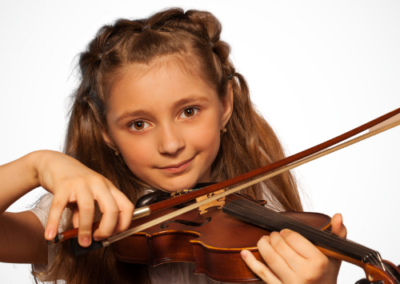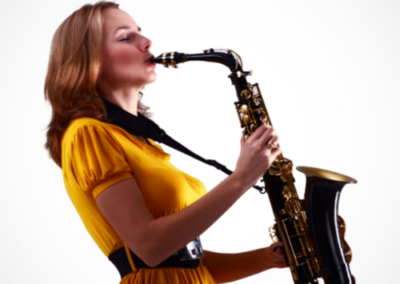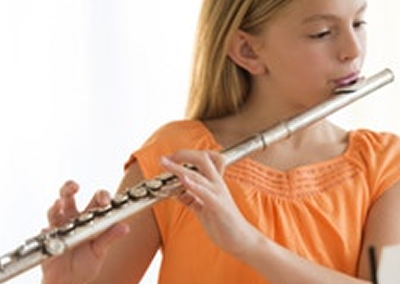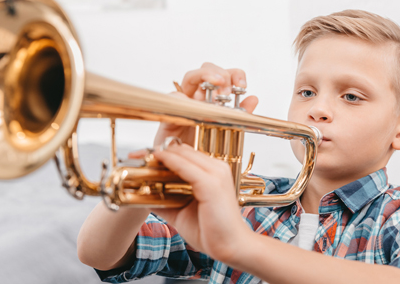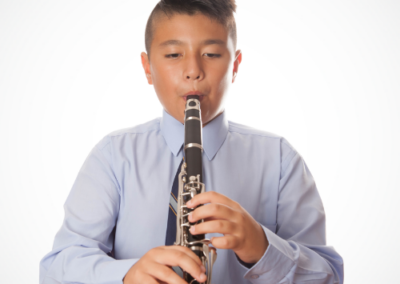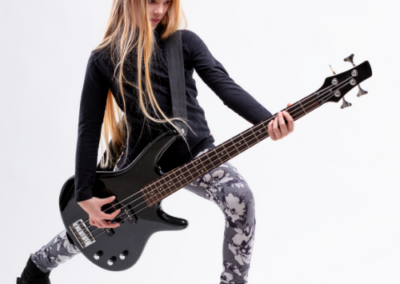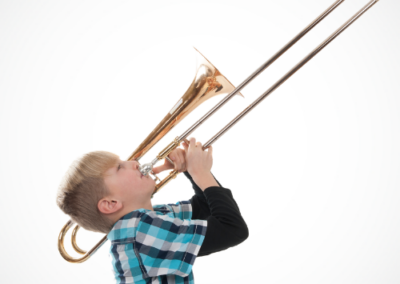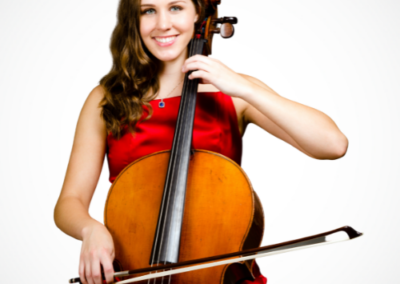Why You Should Start Violin Lessons
An instrument that has been loved by many around the world and across time, the violin is a small instrument capable of producing a range of beautiful sounds and melodies and many people have taken violin lessons over the years.
However, it is not the easiest instrument to master. With plenty of technical demands, virtuosic literature, and physical needs, one must maintain and practice the instrument to understand and overcome its challenges.
If you are interested in learning violin in the private space of your own home either for a child or as an adult you should consider violin lessons with Music Lessons Academy Australia.

MUSIC LESSONS IN THE CONVENIENCE OF YOUR OWN HOME
We are a network of young & enthusiastic University Students providing the very best in private 1 on 1 music lessons in your home – in your local area.
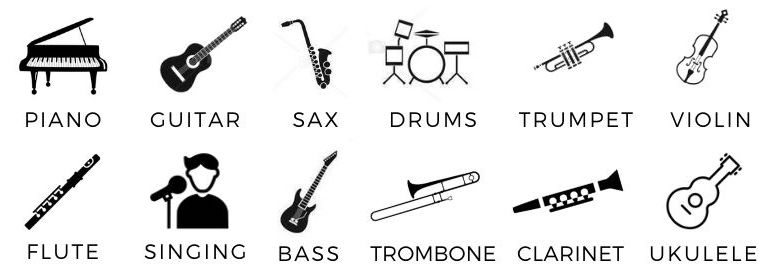
WE OFFER YOU IN-PERSON HOME MUSIC CLASSES FOR STUDENTS OF ALL AGES & LEVELS
If you are looking for an eager, professional & reliable local music teacher to come to your home – one of us will be available, & will be able to provide you a very affordable lesson rate.
5 Reasons Why You Should Learn to Play the Violin
1. The Violin is Important to Western Classical Music
Some of the largest classical music literature and pieces- such as those composed by Paganini, Beethoven, Tchaikovsky, and Bach- are written for solo violin, chamber music, or concerto. These are some of the most virtuosic and often recognizable works that many classical musicians know, and many famous musicians such as Itzhak Perlman and Hilary Hahn have interpreted them. All the best and serious violinists will recognize Bach’s Chaconne in D minor or Paganini’s Caprice No.1. A music school or music academy would teach you that Western Classical Music is some of the most important pieces of music in history.
As scientists from the University of Iowa have stated, “Violins did not evolve; rather, the behavior of the violin makers evolved.” The violin seemingly appeared out of nowhere in the mid-1500s in northern Italy. Unlike an instrument like the modern piano, which underwent several developments, the first appearances of the violin are virtually the same as the modern-day violin. Variation in the size of sound holes and other physical attributes of the violin changed depending on the maker and their musical motivations.
Today in 2021, the violin is a major component of classical music ensembles. The concertmaster, or the leader of the violin section (and by default the rest of the orchestra), is a violinist. The violin is also a major element of chamber music literature: string trios (violin, viola, and cello), string quartets (two violins, viola, and cello), and in piano duets (in the case of sonatas or as an accompaniment). Many composers from Beethoven to Stravinsky wrote huge works for chamber music which are still played and enjoyed today for people of all ages. You can find classical pieces online to listen to, young people can learn a lot from classical music pieces.
2. Learning to Play the Violin is Good for the Ear
Unlike keyboard instruments such as piano, the string instruments require an impeccable ear to produce good intonation. This is because the pitch of the sound changes as the musician slides her fingers along the strings. Unlike the guitar, the four major orchestral string instruments do not have frets.
Sometimes when learning the instrument, beginner students will place tape on the different positions of the violin to learn the distances. However, many musicians, especially those who are very young, learn to develop their ear simply with practice and learn to coordinate the pitch of the note with the placement of their fingers. All learning progress is personal to how quickly you can pick up the techniques ofhow to play.
Also, many fiddle players and violinists in music ensembles of non-Western cultures learn the violin using their ear. Without the Western classical notation, these musicians develop their aural ability and perform music that their mentors and fellow musicians pass down to them.
3. Violinists Learn to Coordinate their Entire Body
Playing the violin is a physically demanding feat. While different instruments come with their own challenges, the classical training of the violin requires proper instruction and body position to even produce a sound. There are several factors to keep in mind while learning how to play, including the grip of the hand on the bow, the position of the fingers on the strings, and the placement of the neck.
At least at the beginning, it can be extremely difficult to get used to playing the violin as a new music student. The hand must understand the different positions and coordinate with the ear to play in tune, producing a wholesome vibrato when needed. The neck must hold the violin firmly so it does not slip away. The bowing hand must hold the bow with proper form and adapt to the force and pressure demanded by the composer’s score. All of these feats occur while the musician maintains proper posture, breathing, and intellectual and emotional understanding of the music. With experience, you will get extremely satisfied when you reach the end results of being on an advanced level of playing and make the best way for yourself on your path to become a great violinist. Free videos online can teach you a lot of violin theory and skills almost like a studio lesson but for free.
4. The Violin Produces a Great Range of Sounds
The violin has interesting dimensions of sound. Violin students can change the color or force of the note by the tension and speed of the bow, by plucking the string (pizzicato), and also by using the body of the instrument as percussion in more modern styles. Electric violins are also used in modern popular music, greatly increasing potential for sound variety.
There are also many dimensions of the violin playing experience, including the technique used on the string. These include namely vibrato, or the wavering of pitch while holding out a long note. The motion of the bow on bowed instruments can also sustain sound for long periods of time, which is something that few other instrument outside of this category can do (the organ being a large exception).
5. The Violin is a Versatile Instrument
The violin is an instrument that can fit anywhere. You can play it in the orchestra, as a solo instrument, or for chamber music. You could also play at an old time jam or on the street. From rock concerts to indie folk to electronic music, the sound of the violin blends easily with various styles and orchestrations.
Even though the violin first arose in the West, the instrument has been welcomed into many cultures around the world including Irish music, Central Asia, the Middle East, and the Balkan. The violin has also been adapted for Indian music ensembles and South American dance music, such as Argentinian tango.
While the fiddle may seem like an informal term for the violin, it is a completely valid name in the world of folk, bluegrass, and old time music. While the instruments are essentially the same, the fiddling style remains distinct from its classical counterpart. Sometimes, the synthetic strings typically used in classical performances are replaced by steel strings by fiddlers to alter the sound. Also, technique, posture, and intonation in styles that employ fiddling is not as precise as the classical violinist.
For the world traveler, the violin is a great instrument for busking and street performing. And in addition to it being a musically versatile instrument, it’s a largely portable one. Many airlines around the world allow violinists to take their instrument onto the plane without having to pay for an extra seat which can help if you want to take your muiscal talents up a level somewhere else in the world without paying extra.
While playing the violin may seem difficult, it is a rewarding one to master with experience. With an enormous body of literature in musical canons around the world as well as its musical benefits to the developing performer, the violin is an excellent instrument of choice.
Continue Your Music Education Today
Times are tough during the pandemic but there is no reason to put you or your children in a position where you have to put your music education on hold. If you are looking into picking up music lessons and becoming a violin student, contact us at Music Lessons Academy Australia to find out more details, we have fantastic music teachers all around Australia from Sydney to Brisbane, Melbourne and Perth looking to help make students love to play music. We provide private in-home lessons or offer online violin lessons which are especially useful in covid lockdowns when you want to continue learning to play the violin.
What’s next?
Contact Music Lessons Academy via call or search our website to learn how you can get started taking private online music lessons and advance your musical expertise today with the professional and fun great music teachers we have to offer.
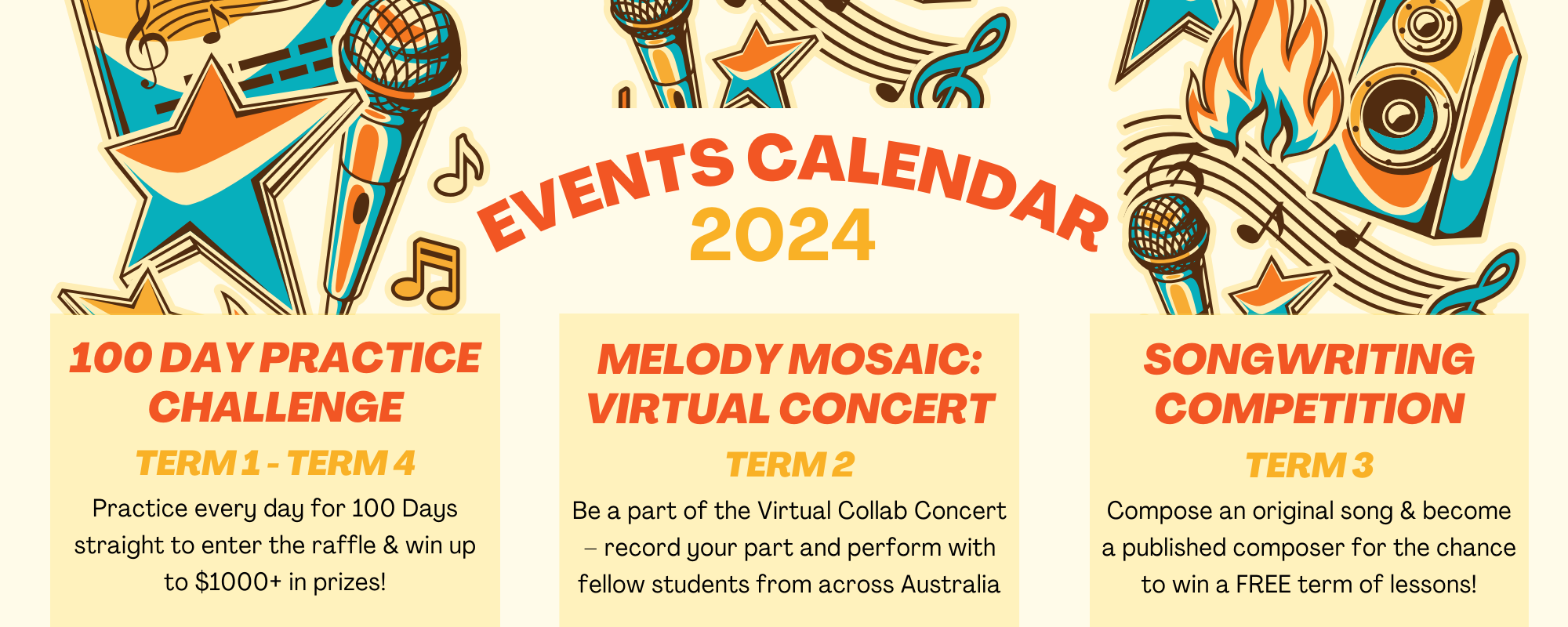
PRIVATE home MUSIC lessons in England, Scotland, Wales, & Northern Ireland for students of all ages & levels
If you are looking for an eager, professional & reliable music teachers to come to your home – we are available, & will be able to provide you a very reasonable music tutoring rate.
ENTHUSIASTIC STUDENTS
PROFESSIONAL TEACHERS
INSTRUMENT DISCIPLINES
What People Are Saying
My daughter’s teacher, John is superb and very talented. He is super patient with my daughter and he cares. You won’t regret taking lessons. I assure you =)


EMAIL: musiclessons@customersupport.care
PHONE: 1300 065 228
CALL BACK FORM
one of the friendly team organisers will contact you soon

